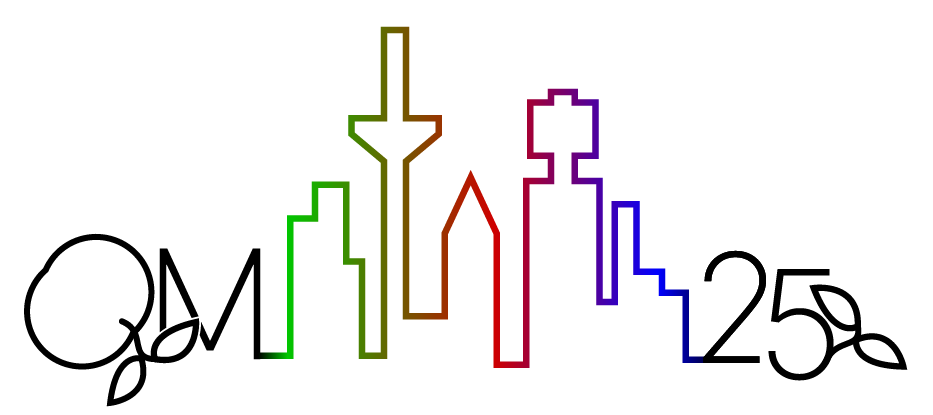Speaker
Description
The chiral phase transition in (2+1)-flavor QCD is expected to be of second order if the breaking of axial anomaly remains sufficiently strong at the chiral phase transition temperature $T_c$ [1]. This is supported by lattice QCD calculations [2]. However, FRG model calculations suggest that the scaling window, in which universal scaling relations hold, may be small [3]. Furthermore, whether or not the $U_A(1)$ symmetry gets effectively restored at $T_c$ remains to be controversial. This suggest that a more detailed analysis of universal critical behavior close to $T_c$ , as well as a direct determination of the relevant universality class for the chiral phase transition [1,4] in (2+1)-flavor QCD are needed.
In this talk we present new results from a study of the scaling behavior
of an improved order parameter $M = M_\ell - H \chi_\ell$ for chiral symmetry restoration in the light 2-flavor sector of (2+1)-flavor QCD. Here $M_\ell$ and $\chi_\ell$ are multiplicatively renormalized light quark chiral condensate and chiral susceptibility, respectively. Furthermore, $H = m_l/m_s$ is the light-to-strange quark mass ratio.
We construct ratios of $M$ for two different values of the light quark mass, $m_l$ (or $H$ equivalently), and $T$ close to $T_c$ . In the scaling region we find a unique intersection point for these ratios at $T=T_c$, which allows us to determine $T_c$ and the underlying universality class of the chiral phase transition, from the knowledge of critical exponent $\delta$.
The approach followed here will allow to further constrain the influence of axial anomaly on universal critical behavior in (2+1)-flavor QCD. It also provides a new way of determining the chiral phase transition temperature $T_c$ , which strengthens the upper bound on the temperature range within which a critical end point in QCD for non-vanishing values of chemical potential can possibly be found in heavy ion experiments.
[1] R. D. Pisarski and F. Wilczek, Phys. Rev. D 29 (1984) 338
[2] H. T. Ding et al. [HotQCD], Phys. Rev. Lett. 123 (2019) 062002
[3] J. Braun et al., Phys. Rev. D 102 (2020) 056010
[4] A. Pelissetto and E. Vicari, Phys. Rev. D 88 (2013) 105018
| Category | Theory |
|---|
